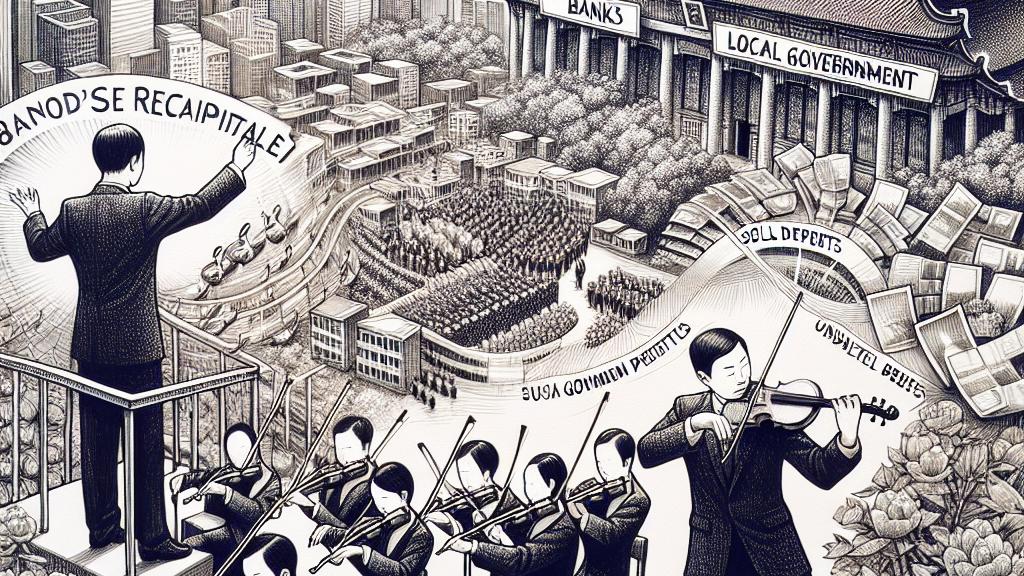China's Economic Stimulus and Investor Expectations
Overview
- China's recent fiscal stimulus package prioritizes stability and a measured approach to economic growth over aggressive inflation strategies.
- Investor sentiment reveals a complex landscape of hope and skepticism, fueled by ambiguous details about the fiscal measures and external economic pressures.
- In stark comparison, the U.S. fiscal strategy illustrates a different philosophy, focusing on immediate relief and robust economic recovery plans.

China's Strategic Economic Measures: A Deliberate Approach
In response to escalating economic pressures, China has rolled out a comprehensive fiscal stimulus package that aims to stabilize and recalibrate its economy. This well-designed set of measures includes recapitalizing banks, refinancing hefty local government debts, and proactively purchasing unsold properties to tackle oversupply. For instance, by directly addressing housing inventory, the government hopes to revive consumer confidence and stimulate purchases. This proactive strategy resembles a skilled orchestra conductor, meticulously coordinating various instruments to create a harmonious economic symphony. Rather than chasing rapid results, China's approach is akin to a seasoned gardener, nurturing its economic environment to ensure sustainable growth over the long haul.
Investor Sentiment: A Balancing Act of Optimism and Caution
Investor sentiment today is a fascinating blend of cautious optimism and wariness. The cloud of uncertainty surrounding the details of the fiscal stimulus package leaves many investors feeling anxious about potential outcomes. Some analysts note that pockets of enthusiasm have emerged, suggesting there are opportunities to capitalize on, while others remain skeptical, fearing the mismatch between expectations and reality. This environment can feel like walking a tightrope; one misstep could lead to significant financial repercussions. Furthermore, external factors, such as fluctuating U.S.-China relations and potential trade disruptions, add to this complex tapestry of investor emotions, compelling them to remain agile and prepared for any sudden shifts.
Contrasting U.S. and Chinese Fiscal Policies: A Tale of Two Strategies
When we juxtapose China’s fiscal measures with those of the United States, the differences in strategy become glaringly evident. The Biden Administration's $1.9 trillion fiscal plan is a robust initiative designed to invigorate economic recovery following a tumultuous period marked by the pandemic. This package offers direct aid to households through immediate relief payments, increased unemployment benefits, and substantial support for small businesses. The aim is crystal clear: boost consumer spending and stimulate economic activity, reflecting a classic Keynesian approach. Conversely, China’s methodology embodies a more calculated and patient philosophy, one that emphasizes long-term economic health over short-term boosts. This highlights how variations in economic outlook can lead to distinctly different paths toward achieving fiscal stability, illustrating the diverse approaches governments can take in navigating complex economic terrains.

Loading...